Marketing has become increasingly complicated over the course of the last decade. Businesses that want to establish a reliable industry presence online must engage with customers on a range of platforms and channels to not only capture but keep the attention of their prospects and customers.nnThe most effective marketing campaigns will connect with customers through the channels and platforms where they are already present. Multi-channel B2C campaigns generate a 24% greater return on investment. Being visible in several different locations means more awareness, and ultimately, more opportunities to buy and learn for consumers.nnEvery target market is different and determining what channels and platforms your customers most prominently use is critical for carving out your share of your market. Meeting them where they already are allows you to engage with them naturally and can change the shape of your digital marketing. Placing your budget into a single channel might get you in front of your target audience, but buyers of today require more touches, more visibility, and a more hands-on approach to become loyal customers.nnTo understand the importance of multi-channel marketing, we first have to understand why customers prefer a multi-channel approach. To do this, we’ll have to dig into the changes that we have seen in the average buyer’s journey in recent years that have facilitated the change.n
How the Buyer’s Journey Has Changed
nModern consumers aren’t wandering around in the dark like they once were. They are empowered, informed, and willing to take the time to research their options before they make their final buying decision. Consumers expect that they will be able to access the information that they need about any product or service that they are considering in order to make an informed decision. They tend to recoil from more blatant forms of traditional advertising and promotion and expect a personal touch.nnWe’ve seen a consistent shift from a more hands-on sales approach to one that is self-guided. Buyers expect more than promotion. They want to be given the tools that they need to research and understand the products they are considering buying.nnAccording to Demand Gen’s 2017 B2B Buyer’s Survey, 58% of buyers said that the length of their buying cycle had increased, while on 10% had said that it had become shorter.nn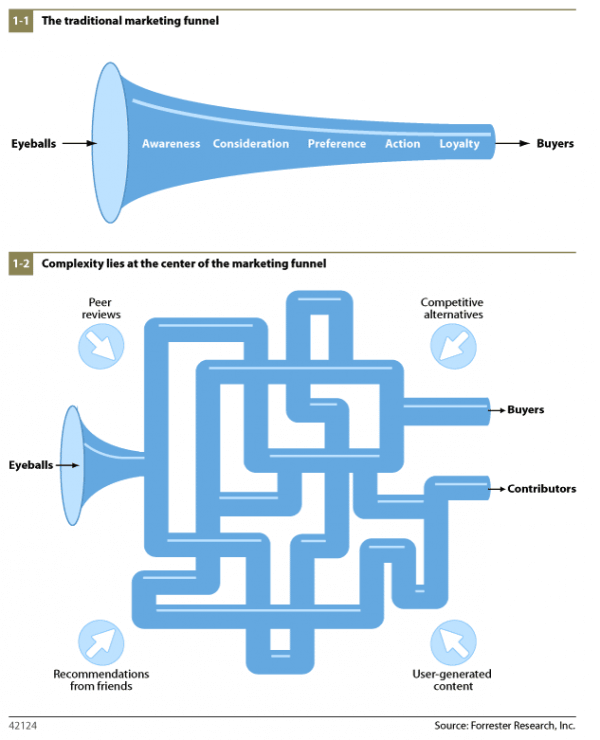
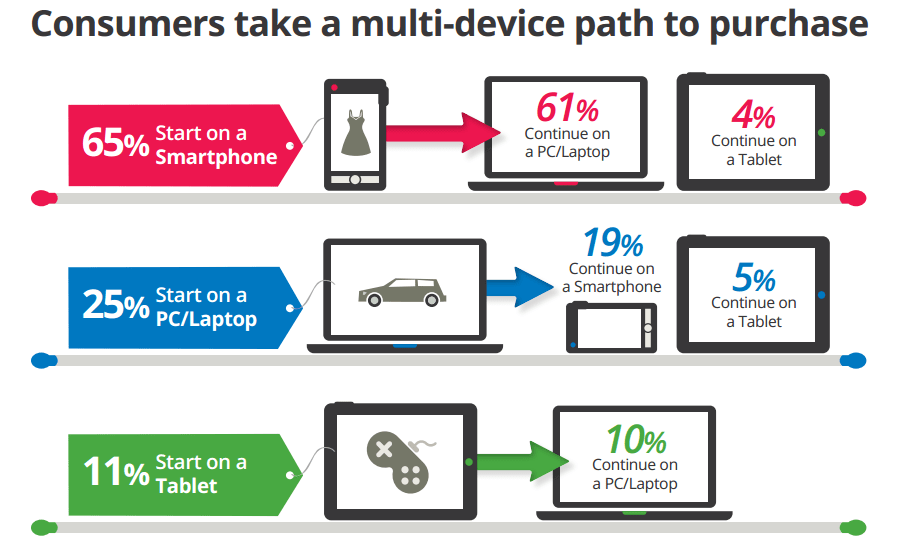
Source: SnapApp
nThe arena is becoming increasingly crowded. Customers only have so much bandwidth. US adults already engage with more than 12 hours of content on an average day. That is a lot of content. For a company that they just recently became aware of to break into that full viewing schedule, they have to present something that is pretty compelling. They also have to be perpetually present.nn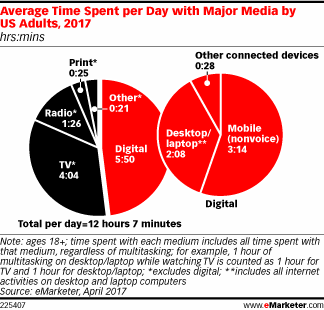
Example #1 – Disney’s Omnichannel Vacation Experience
nDisney is a great example of a worldwide company that does multi-channel and omni-channel experiences right. One look at any of their marketing campaigns shows that they pay a lot of attention to even the smallest of details to ensure that their customers have a wonderful experience when interacting with their content.nnThat begins with their world-class mobile-responsive website. Every page, sub-page, and even micro-website under their brand umbrella works perfectly on mobile and across all devices. It’s a great example of how having a solid foundation in your website sets the stage for all other channels that you interact through.nn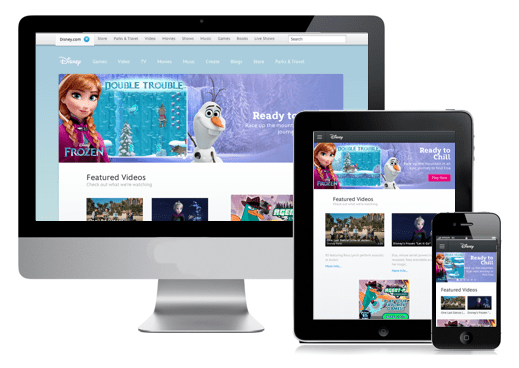
Example #2 – Topshop’s “Wish You Were At Topshop” Campaign
nTopshop’s “Wish You Were At Topshop” campaign is an excellent example of effective multi-channel marketing. With a goal of connecting their retail floor to their digital presence. The outlined objectives of their campaign were:n
- n
- Engage customers in their retail stores by offering a unique and exciting experience.
- Increase customer engagement across all social channels, particularly on Facebook.
- Increase the amount of content that is shared on Topshop’s Facebook and Instagram feeds to highlight their products.
- Find new and innovative ways to use their social media presence.
n
n
n
n
nTopshop aimed to achieve this by offering free style and makeup consultation sessions in their store and pairing that with social media sharing strategies. Shoppers that took advantage of the promotion were invited to create a postcard using the “Wish You Were At Topshop” tagline, and share it using Instagram.nn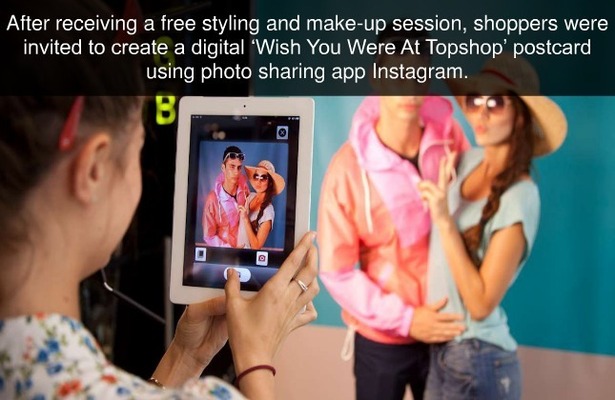
- n
- The campaign was covered by more than 640 blogs in total, reaching an audience of more than 1.3 million views.
- Topshop saw a huge increase in engagement on their Facebook page, with huge jumps to unique views and more than 2,000 comments on the content that was shared on the page during the campaign.
- In total, the company had more than a year’s worth of activity (based on previous activity levels) in just four days.
- More than 2,500 unique images created and shared on Instagram.
n
n
n
n
nTopshop’s campaign is a shining example of how companies can connect their brick-and-mortar locations and online channels to provide an interesting and consistent experience that promotes engagement and delivers value to their customers.nnPro Tip: A great way to connect offline and online channels as well as campaigns, is by using QR codes on your printed ads. By doing so, people can easily jump from the physical ad to the website or social pages. QR codes can be created and managed with a link management platform like Rebrandly.n
Example #3 – Oreo
nDuring Super Bowl XLVII, the NFL had a PR disaster on their hands when the stadium’s power went out for 34 minutes. The NFL and their advertisers were losing money on the expensive TV ad buys that they had already shelled out for. But as they say — one man’s trash is another man’s treasure.nnIn what has become a legendary piece of marketing in light of the events at the time, Oreo posted a simple social media update that poked fun at the situation and put their brand on the minds of millions of people across the world — “Power out? No problem.”nn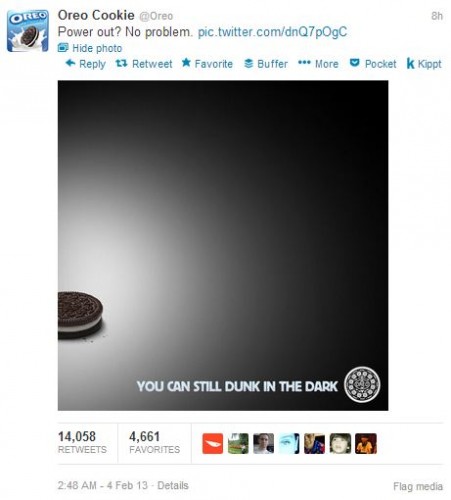
Example #4 – Zynga
nIn a digital-only example, we’ll take a look at one of the originators when it comes to successful multi-channel marketing in the online gaming space — Zynga. You might remember Zynga as the company behind smash hits Farmville and Words with Friends. Specifically, we will look at their Zynga Poker game to see how they use multiple channels to increase gameplay time and event traffic to their apps.nn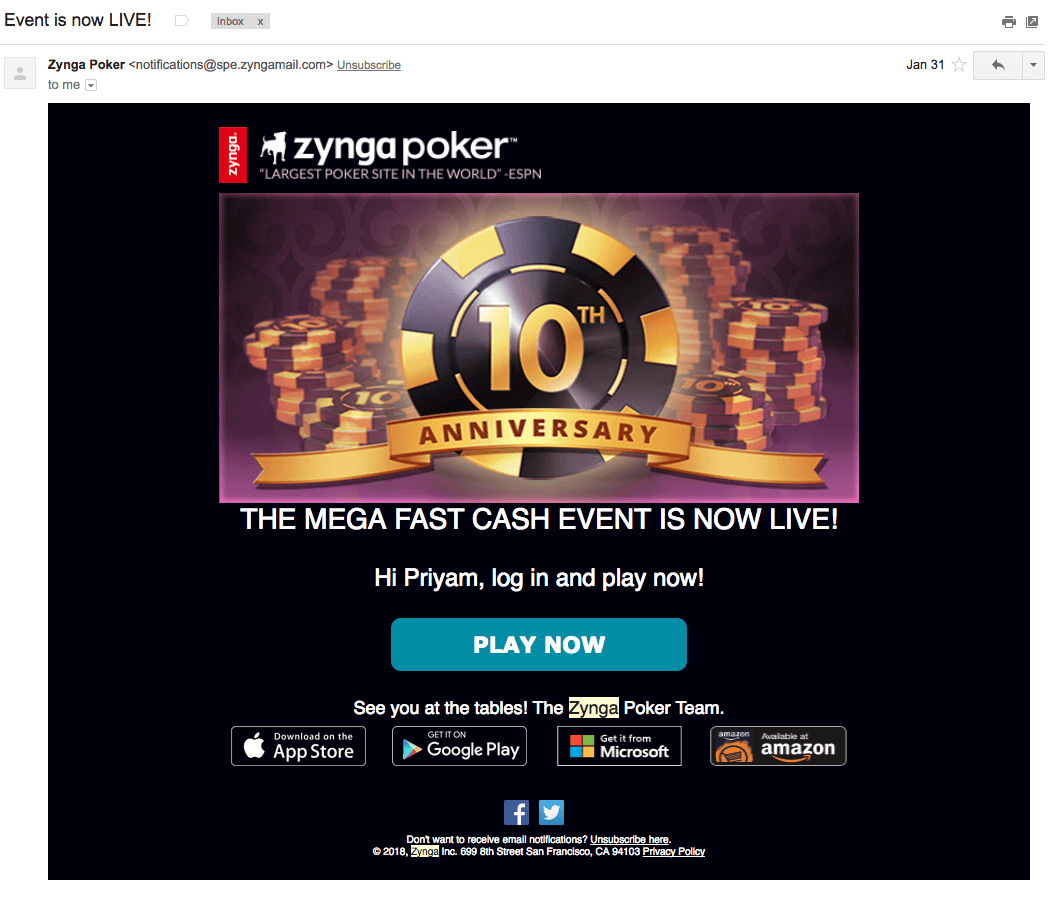
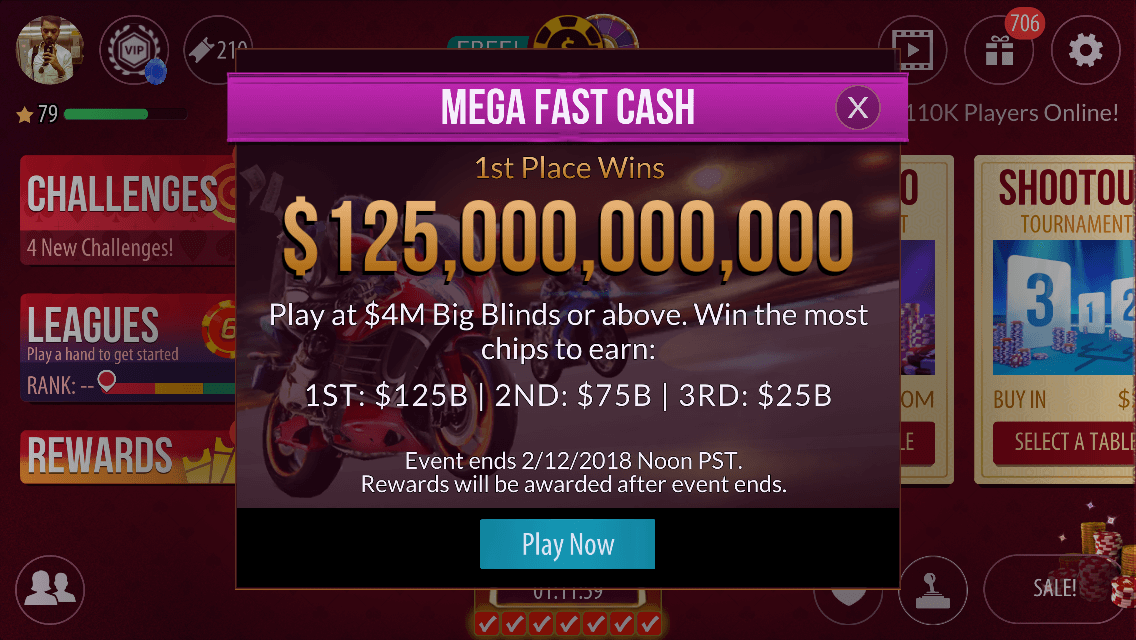
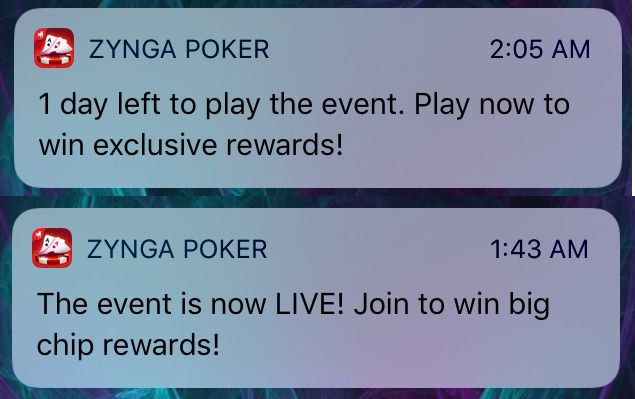
Attribution Key to Multi-Channel Marketing Success
nWe know that multi-channel marketing is important for engaging with customers and creating a consistent experience no matter where they are interacting with your brand. But measuring the impact of each channel and piece of content can be difficult. How do you establish and measure the impact that a blog post, white paper, or YouTube video had in a customer’s decision to purchase your product — especially when they engage with your brand dozens of times over the course of months? Without measuring these things, it’s difficult to know where to invest your resources.nnAt LeadsRX, we help companies deploy and measure multi-channel marketing campaigns in real-time. Our solution uses one universal pixel to track all of your marketing activities across channels including digital, broadcast, direct mail, and more. Multi-channel marketing is a must for modern companies, but launching cross-channel campaigns in the blind will result in wasted budgets and lackluster results.
